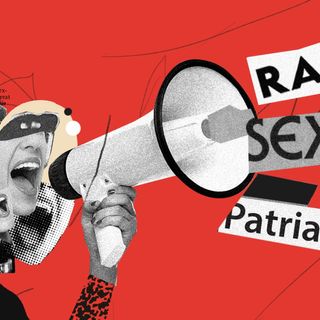People who believe modern society is free of gender bias are often the ones perpetuating it the most, a new study evaluating the veterinarian profession in the United Kingdom found. Researchers asked managers in the veterinarian profession to evaluate a male and female worker on the basis of a fictitious performance review. They found managers who believed gender bias no longer existed in their profession were more likely to rate the male worker — — with the same qualifications as the female — as more competent than his female counterpart and recommended a higher salary for him. Those who believed gender equality still had a long way to go advocated for equal pay for both the male and female workers, the study states.
Where people stand on their view of the current state of gender equality in the world, the study proposes, can be one effective method in understanding who is perpetuating gender bias in an organization.
“With many professions working to increase the number of women in their ranks, companies need to be careful not to equate gender diversity with gender equality — even with equal numbers you can have unequal treatment,” lead author Dr Christopher Begeny, of the University of Exeter, said in a statement. “Ongoing vigilance is required, including awareness training to guard against some forms of bias.”
Related on The Swaddle:
All The Arguments You Need: to Advocate for Equal Pay in Sport
The study’s findings are in line with how many deep-seated issues within gender inequality, such as the gender pay gap, are often considered to be myths. Most of this rhetoric is peddled by men — in the latest study, for example, two-thirds of managers who said the gender gap is a myth were men. This stems out of a variety of reasons — privilege, for one, with the help of which men often don’t experience workplace discrimination on the basis of their gender, making it more difficult for them to admit or notice there is gender bias, even if it’s not directed at them. Ignorance, fueled by their own biases and from an aversion to inconvenience, is another, by which men often try and maintain the status quo that prioritizes and rewards them over others.
Some female managers, too, were found to peddle similar obtuseness regarding gender equality in the workplace, which again points to how mere inclusion can be mistaken for empowerment.
Misperceiving gender equality in the workplace is dangerous because it instills a level of comfort, and therefore, complacence, that serves as a barrier to progress. In the absence of constant vigilance, inherent workplace biases against women and other genders blossom.
In India, women are paid 34% less than their male peers; 70% of working women struggle to resume work after family leave; and the growth graph of professional women’s careers often face downward after they finish their education, with most feeling high-paying fields aren’t realistic for them to pursue.
Modern workplaces perpetuate gender bias — this is not a phenomenon subject to people’s opinions; it’s a fact. The faster we internalize this, the faster we’ll be able to do something about it.




